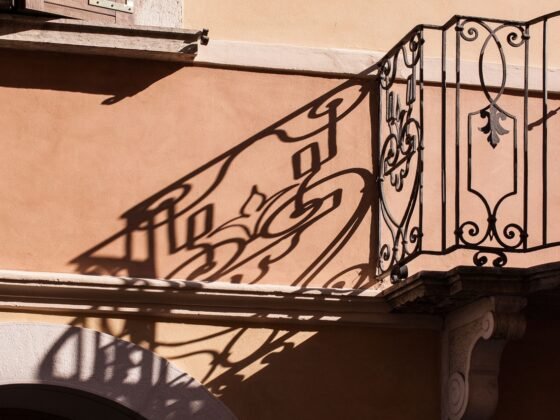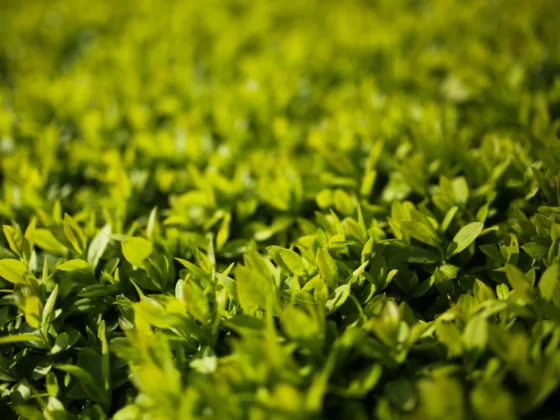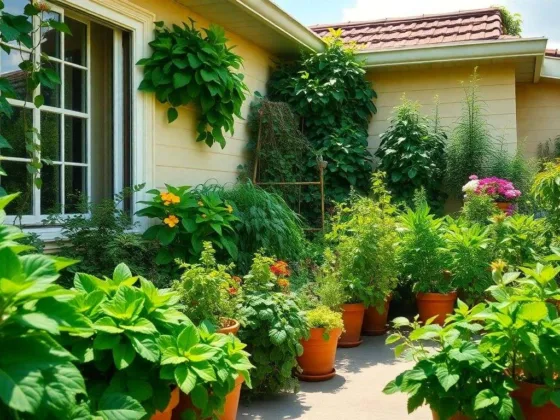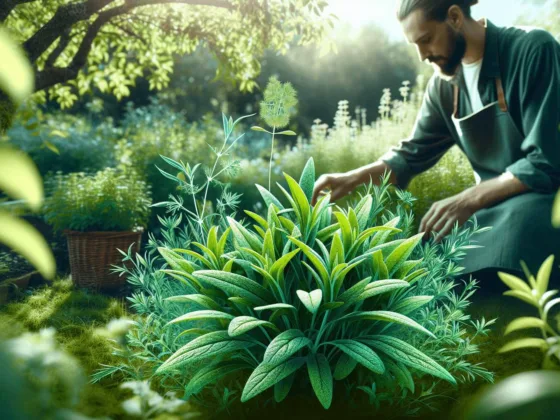Table of Contents Show
If you’re a creative person, then gardening is the perfect way to express yourself – even if it isn’t something you’ve considered before. Like other creative pursuits, such as writing, painting, and performing on a stage, gardening requires awareness, decision-making, and intuition, not to mention a knowledge base.
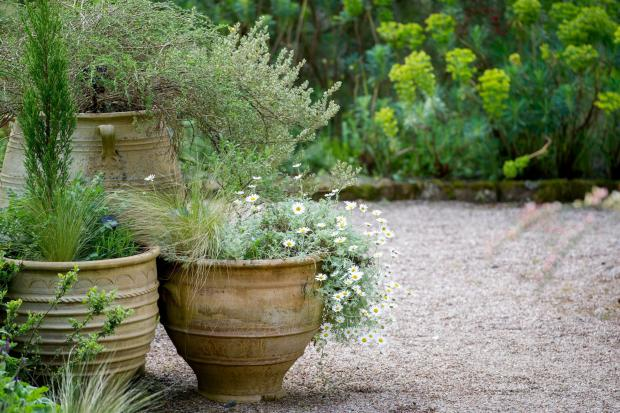
If you’re just starting out as a gardener, check out our top tips to help you grow fast in the right direction.
Read Also:
Clear Out Overgrown Spaces
It’s easy to get inspired in the garden, especially in spring, when there is a freshness in the air, and new plants and flowers are sprouting. This might be the time when you decide to plant some new bulbs of plants for the summer.
At first, your garden is idyllic, as the hidden garden in a fairy tale – it’s in full bloom. But if you don’t maintain the effort, weeds start to creep in. Unless your garden is properly maintained, it will quickly become overgrown.
If you’ve let go of your garden you may give yourself a massive head start by looking into how much it costs to clear an overgrown garden. To stay on top of weeds, work smart, not hard. The secret is to pay attention to your garden and weed regularly.
Cut Your Grass Wisely
There is more to cutting grass than zipping over it with the mower every once in a while. If you don’t cut at the right intervals or cut the blades to the right length, you could end up with dry patches and dead areas that will be difficult to mend – not to mention costly.
A fresh green lawn can be the centerpiece of a beautiful garden, so make the most of it by cutting wisely.
Firstly, don’t cut the lawn too short. If you do, it will grow back too slowly and cause the blades to dry out. Only cut the tips of the blades every seven or fourteen days, for best results.
Get Creative With Your Planting
One of the best things about keeping a garden is getting creative with the plants and flowers you grow. There are lots of theories about how to approach this aspect of gardening.
There are different styles – the cottage garden, the wild garden, the Japanese garden. If you have a preference for any of these types, then it’s worth researching the tropes.
However, if you’re more flexible, we recommend combination gardening, that is, selecting plants and flowers that complement each other in terms of how they grow or how they look.
Install a Trellis
Do you want your garden to look like something from a fairytale? If you do, you’ll want to install a trellis, maybe two, with some climbing plants.
Climbing plants give your garden height and privacy – they can also be trained to grow through other plants. But don’t assume a climber will look after itself.
Some of them can if they have strong roots; most, however, will need to be tied to a support, to begin with, to help them get a grip. Tend your climbers regularly to maintain balance and ensure they don’t grow out of control.
Let In the Light
Mediterranean gardens are some of the most beautiful in the world. You know the ones, they have Roman plant pots, olive trees, and cactus planets – one other thing, they’re drenched in sunlight.
Not everywhere will have the advantage of so much sunlight, but it is still possible to make the most of the sunlight you do have in your garden to grow plants that would be at home in the Med.
Identify the spots that get the most sunlight and position the more exotic plants there; this might require some research. Another top tip, make sure hedges and trees are cut back to let in more light.
Encourage The Snails
Snails are good, slugs – not so much! Slugs are a problem garden pest for most places in the western hemisphere. They are extremely commonplace and responsible for munching their way through new leaves, stems, flowers, and bulbs.
Some methods exist for eradicating them from your garden, such as the largely ‘bear-trap’ method. But they are largely ineffective and often cruel. It’s much better to encourage the presence of snails.
Snails eat the eggs of slugs and prevent infestations. Roman snails can be bought for this purpose and introduced to your garden.
Make Your Own Fertilizer
With the green revolution in full swing, recycling and composting are all the rage! Having a composter in your garden is a multi-purpose solution for your home.
Firstly, it means that food doesn’t go to waste, even if you have lots of leftovers. All you have to do is shove them in the composter, and over time it will turn into nutrient-rich fertilizer for your garden.
Furthermore, you will be helping the environment and reducing your carbon footprint at the same time.
